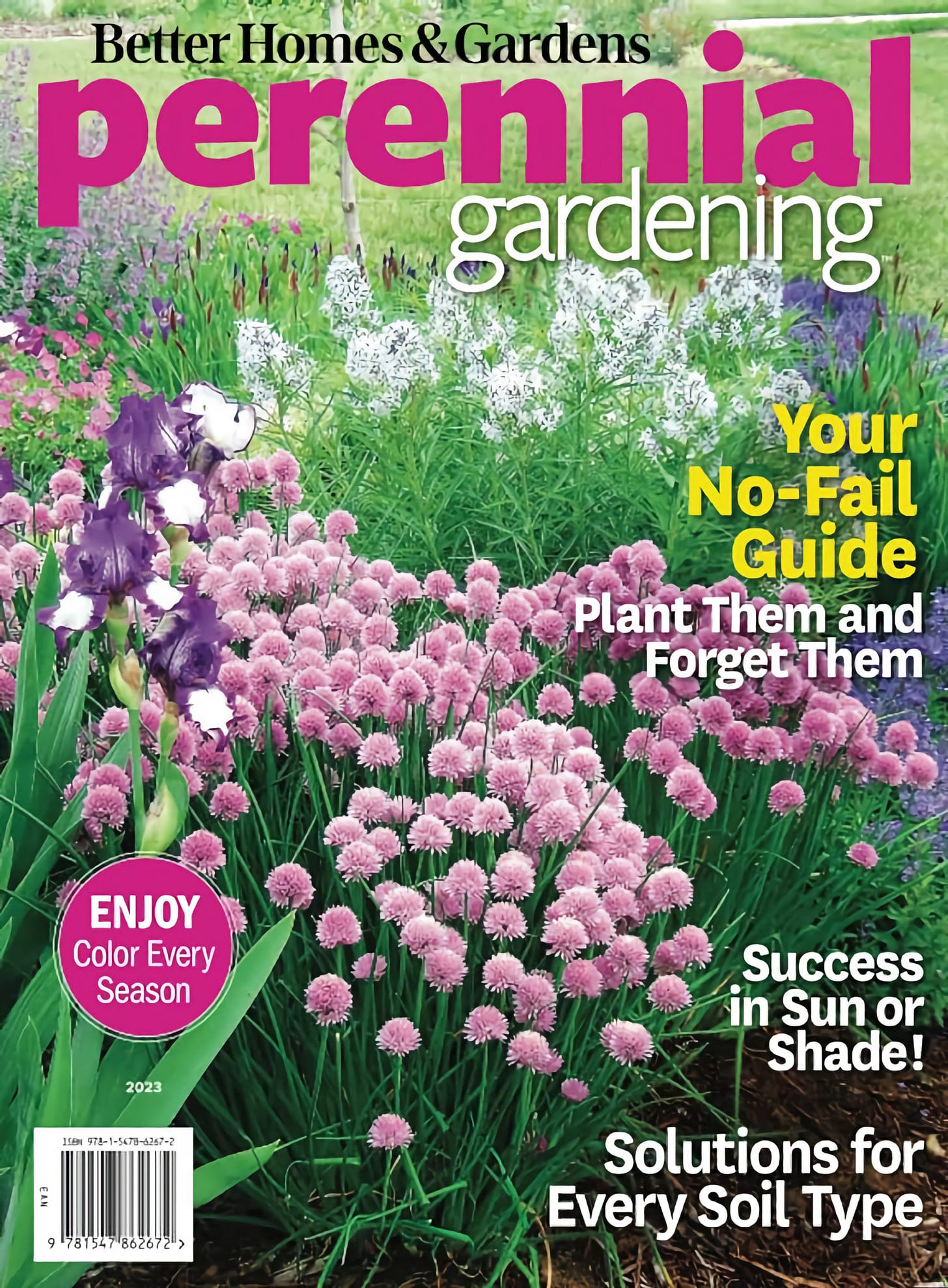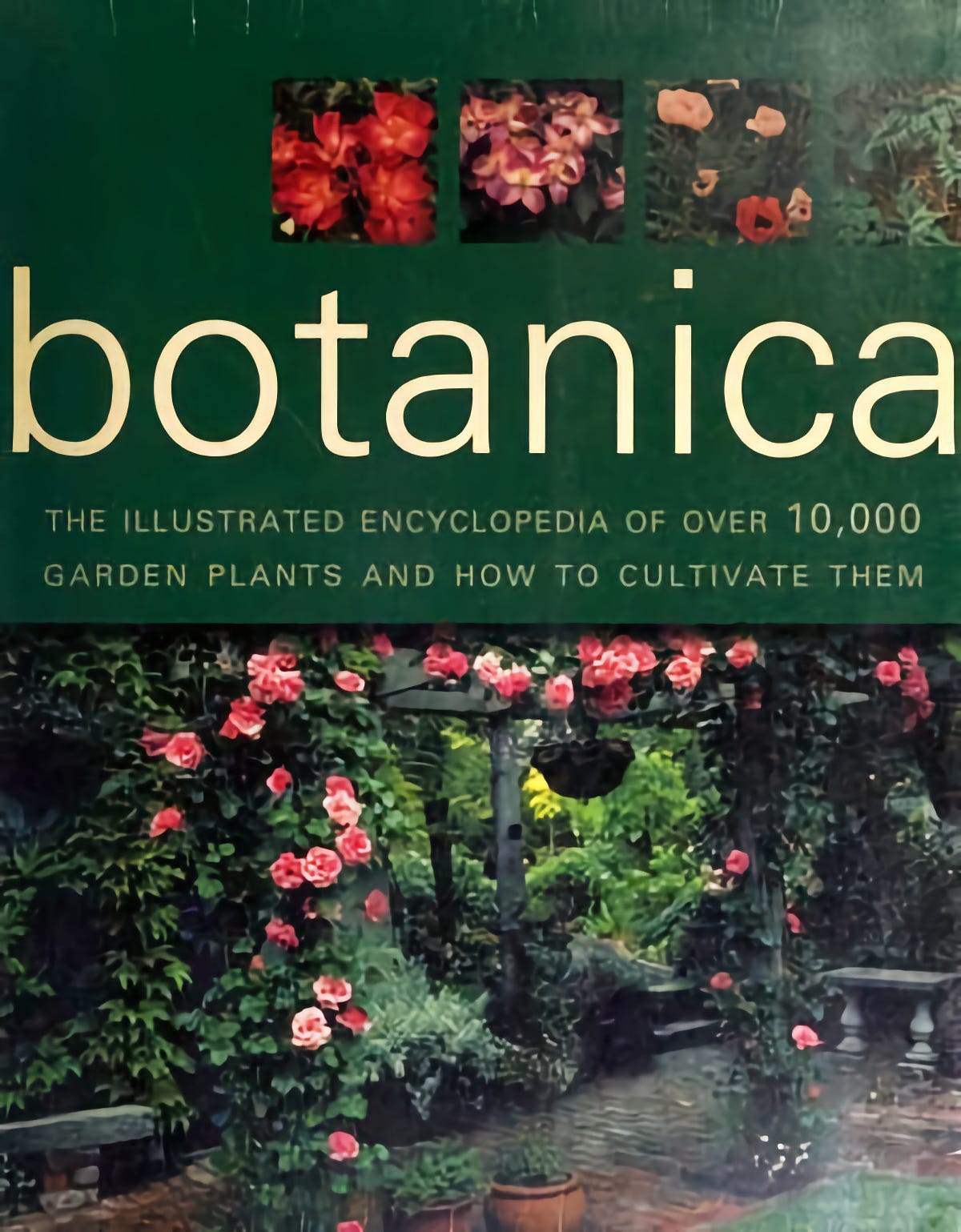TMI (Too Much Information)
You can learn from experience, from a teacher, from an employee at the local garden store, and you can fake it, but the best way to learn is reading garden advice authored by real-life experts.
It seems that gardeners everywhere are coming out of hibernation with a bunch of good books about gardens. After doing their reading during the winter, gardeners approach early spring with new enthusiasm, knowledge, and a plan for making their garden better. Much like spring training in baseball, everyone is full of optimism for the coming season, brimming with confidence that this season will be the year that you finally grow something beautiful in those many beds that seem to reject all your best planting ideas. Today’s post is a brief overview of a few of the resources you might consider if you, too, want to have more confidence as you garden this season.
Before we consider curling up with a good book about shade perennials, drinking a cup of coffee or something stronger, and experimenting with how long we can read before we nod off for a nap, there is an elephant in the room that must be addressed. The elephant is, of course, the internet, and all the information about gardening that can be obtained therein. The picture I just painted of curling up with a good book is, for some, a quaint reference to the old days. As you read these suggestions, you might harken back to the solid, heavy weight of a good book, and the joy of turning the pages, real paper pages, savoring the texture and scent of a new, or old, book. And you might consider that a hefty book will keep you warmer during your nap than a smart phone. Let’s start off with a couple of books.
One of my favorite sources of information is Perennial Gardening, published by Better Homes and Gardens. I have no idea where I picked it up originally, but it is a fantastic beginners’ guide for everything you need to know to get started, complete with lots of illustrations and a much-needed encyclopedia of plants at the end. It looks like you can get a copy for $13 if my Google search is accurate.
My new favorite book on perennial gardening was recommended to me by one of the associates at Sun Nurseries (much more about them in another newsletter) called The Well-Tended Perennial Garden: The Essential Guide to Planting & Pruning Techniques, by Tracy DiSabato-Aust. This is a more advanced book appropriate for, I think, professionals as well as experienced do-it-yourselfers. It goes into detail about how to care for your perennial plants before and after they are planted. My biggest problem with the book is that the author refers to plants by their botanical names, which is great for those people who take the trouble to learn the Latin names of their plants. For the rest of us, which I suspect is most of us, it’s kind of a pain to have to Google each plant’s botanical name so you can find it in the book. There are good reasons for using the Latin names for plants, which I’ll get to later, so all I can say is, have your phone or laptop nearby as you read.
The beauty of DiSabato-Aust’s book is that she gives you insider’s advice on how to care for plants throughout their life cycle, with some surprising takes where she disagrees with the accepted wisdom of caring for certain plants. I think you will find DiSabato-Aust’s book to be indispensable. It might also make you just a little depressed, since it's impossible to read her book without realizing that you have years of learning ahead of you to get to her level of expertise.
Switching over to the internet, my favorite website about gardening is called The Spruce, at thespruce.com. Google most any perennial you are likely to be interested in, scroll down through the many blogs and articles listed, and you have a high probability of finding a post on the subject by The Spruce team. Each plant is covered in a systematic way including care, varieties, pruning, growing from seed, potting, pests and diseases, bloom, and common issues. Great site!
Another site I use all the time is Better Homes and Gardens at BHG.com. It also has a useful format of where to plant, planting tips, care, pests and problems, propagation, types, companion plants, and FAQ. Lately I’ve been turned on to several apps that are excellent resources for beginner gardeners. The two I’ve started to explore are Agro and PictureThis. PictureThis allows you to take photos of plants and then it identifies them for you. For each plant there is a tab for Care and a separate tab for Plant Info, under which you can study Characteristics, Description, Distribution, and Scientific Classification. Under the Care tab you will find, among other things, details on Water, Fertilizer, Pruning, Propagation, Repotting, and Pests and Diseases. You might find yourself, like me, walking around the garden staring at your cell phone more than you are looking at your plants.
I’ll finish this post with another book recommendation. The “Mack Daddy” of all gardening books was lent to me by my neighbors, Patty and Sam, who knew me in my prior life as a money manager and Type A nutjob. They now watch me putter around the garden with endless enthusiasm and an unfortunate inability to shut up about it. The book is Botanica: The Most Compete Garden Encyclopedia Ever Published, by R.G. Turner, published by Barnes & Noble Books. As it says on the cover, this book has over 10,000 plants described, with complete details on cultivation, propagation, and growing zones. It is illustrated with over 6,500 photographs. I believe this book is the epitome of a “coffee table” book, where its size and weight make it the perfect centerpiece for the family room table, right next to your cable remote, TV remote, and CD player remote that you never use. (Be sure you have a sturdy table.) It’s kind of like the articles in BuzzFeed about items you forgot from the 1960s and 1970s. Do you remember encyclopedias? This behemoth is perfect for mindlessly browsing through the pages, marveling at the photography and occasionally reading the text, especially if you recognize one of the plants.
This book is about ALL plants, not just perennial plants, so you find yourself reading about trees that grow in New Zealand and shrubs from Africa. Still…if you can’t browse this book and find yourself falling asleep in less than 30 minutes, you just aren’t trying.
Earlier I said I would get to the reasons we use the Latin names for plants, even though virtually no one knows what they mean. Here is what Botanica has to say on the subject. On page 946 in a short chapter called An Explanation of Plant Names (page 946, are you kidding me?), the author explains (I’m loosely paraphrasing from R.G. Turner Jr. here) we don’t use common names because too many plants share the same common name. Also, many plants have more than one common name, even in the same language, not to mention common names that the same plant may have in different languages. He says a large portion of the world’s plants have never received a common name because they are too rare, hard to distinguish, or found only in wilderness areas. Scientific names for plants are in Latin because during the Renaissance period, the common language of European scholarship was Latin. I’ll let you get the rest of the story yourself. Amazon has hardcover copies of Botanica for sale from $17.99 to $205. I think the book is out of print, which explains why the prices are so different. Knock yourself out, Amazon shoppers.
I’m not sure whether we are going to tackle weeds or mulch next week, but whatever it is, I hope you find it entertaining. If you know someone who might enjoy these posts, I would appreciate it if you shared the link with them. If you are interested in reading the previous post, you can easily get to the archive by clicking on my small image at the top of the page.






